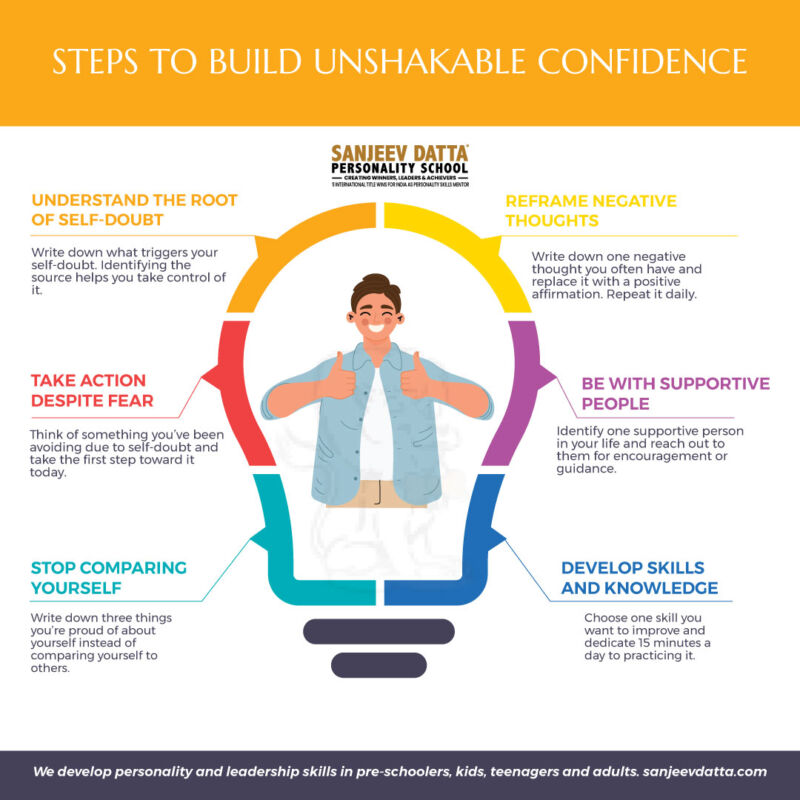Imagine this: You’re standing in front of a group of people, pitching an idea that could change the trajectory of your career. Or perhaps you’re negotiating a deal, trying to convince a client to choose your product over a competitor’s. Maybe you’re simply having a conversation with a friend, hoping to sway their opinion on a topic you’re passionate about. In each of these scenarios, one thing is clear—your success hinges on your persuasion ability. Persuasion is not just a skill; it’s an art form. It’s the subtle dance of words, emotions, and logic that moves people to action. Whether you’re a leader, a marketer, a teacher, or simply someone who wants to be heard, mastering the elements of persuasive communication can transform the way you interact with the world.
But what makes some messages stick while others fall flat? Why do some people effortlessly convince others, while others struggle to be heard? The answer lies in understanding the secret elements of persuasive communication—the psychological and strategic tools that make people say “yes.”
In this article, we’ll dive deep into these elements, uncovering the science and art behind persuasion. By the end, you’ll have a toolkit of techniques to communicate more effectively, influence others, and achieve your goals. Let’s unlock the secrets of persuasive communication together.
- The Foundation of Persuasion: Understanding Human Psychology
Before we explore the specific elements of persuasive communication, it’s essential to understand the psychological principles that underpin persuasion. Human beings are complex, and our decisions are influenced by a mix of logic, emotion, and social cues. Here are some key psychological principles that drive persuasion:
a. Reciprocity: The Power of Giving
Reciprocity is the idea that people feel obligated to return favors or kindness. When you give something of value—whether it’s information, a compliment, or a small gift—people are more likely to respond positively to your request.
Example: A salesperson offering a free sample of a product is leveraging reciprocity. The recipient feels compelled to reciprocate by making a purchase.
b. Scarcity: Creating a Sense of Urgency
People value things that are rare or limited. By highlighting the exclusivity or limited availability of an offer, you can increase its perceived value and urgency.
Example: “Only 3 spots left!” or “Limited-time offer” are phrases that tap into the scarcity principle.

c. Authority: Establishing Credibility
People are more likely to be persuaded by someone they perceive as an expert or authority figure. Demonstrating your knowledge, experience, or credentials can significantly enhance your persuasive power.
Example: A doctor recommending a health product is more persuasive than a non-expert making the same recommendation.
d. Consistency: The Desire to Align with Commitments
Once people commit to something, they are more likely to follow through to maintain consistency. Small initial commitments can lead to larger actions over time.
Example: Asking someone to sign a petition (a small commitment) can make them more likely to donate to the cause later. Struggling with self-doubt? Our personality development course will help you gain confidence and influence!
e. Liking: Building Rapport and Trust
People are more likely to say “yes” to those they like. Building rapport, finding common ground, and showing genuine interest in others can make your message more persuasive.
Example: A friendly, relatable salesperson is more likely to close a deal than someone who comes across as cold or impersonal.
f. Social Proof: The Influence of the Crowd
People tend to follow the actions of others, especially in uncertain situations. Highlighting what others are doing can persuade individuals to conform.
Example: “Join the 10,000+ satisfied customers who have already switched to our product.”

2. The Secret Elements of Persuasive Communication
Now that we’ve explored the psychological principles behind persuasion, let’s dive into the specific elements of persuasive communication. These are the tools and techniques you can use to craft messages that resonate, inspire, and convince.
a. Clarity: The Power of Simplicity
One of the most critical elements of persuasive communication is clarity. If your message is confusing or overly complex, you’ll lose your audience’s attention and trust.
How to Achieve Clarity:
- Use simple, straightforward language.
- Avoid jargon or technical terms unless necessary.
- Structure your message logically, with a clear beginning, middle, and end.
Example: Instead of saying, “Our synergistic solutions optimize operational efficiency,” say, “Our tools help you work faster and smarter.”
b. Emotional Appeal: Connecting on a Human Level
While logic is important, emotions often drive decision-making. Tapping into your audience’s feelings—whether it’s joy, fear, hope, or curiosity—can make your message more compelling.
How to Use Emotional Appeal:
- Tell stories that evoke emotions.
- Use vivid language and imagery.
- Highlight the emotional benefits of your offer (e.g., “Feel confident in your skin with our skincare products”).
Example: Charity organizations often use emotional stories of individuals in need to persuade donors to contribute.
Visit: how to master the art of charisma
c. Logic and Evidence: Building a Rational Case
While emotions are powerful, they need to be balanced with logic and evidence. Providing facts, statistics, and logical arguments can strengthen your persuasive appeal.
How to Use Logic and Evidence:
- Use data to support your claims.
- Present clear, logical arguments.
- Address potential counterarguments to show you’ve considered all angles.
Example: A company selling eco-friendly products might use statistics about environmental impact to persuade customers to choose their brand.
d. Storytelling: The Art of Narrative Persuasion
Stories are one of the most effective tools in persuasive communication. They engage the audience, make your message memorable, and create an emotional connection.
How to Craft Persuasive Stories:
- Start with a relatable character or situation.
- Build tension or conflict to keep the audience engaged.
- End with a resolution that ties back to your message.
Example: A brand might share a customer’s success story to demonstrate the effectiveness of their product.
e. Call to Action: Guiding the Next Step
A persuasive message is incomplete without a clear call to action (CTA). Your CTA tells your audience exactly what you want them to do next.
How to Create an Effective CTA:
- Be specific and direct (e.g., “Sign up today” or “Call now”).
- Highlight the benefits of taking action.
- Create a sense of urgency (e.g., “Offer ends soon!”).
Example: “Join our community of 50,000+ learners and start your free trial today!”

f. Nonverbal Communication: The Unspoken Persuader
Words are only part of the equation. Your tone of voice, body language, and facial expressions also play a crucial role in persuasion. Your dream transformation is just one step away—enroll in our personality grooming classes today!
How to Use Nonverbal Communication:
- Maintain eye contact to build trust.
- Use open body language to appear approachable.
- Match your tone of voice to your message (e.g., enthusiastic for a motivational speech, calm for a serious discussion).
Example: A confident handshake and a warm smile can make a strong first impression in a negotiation.
g. Adaptability: Tailoring Your Message to Your Audience
Effective persuasion requires understanding your audience and adapting your message to their needs, values, and preferences.
How to Adapt Your Message:
- Research your audience’s demographics, interests, and pain points.
- Use language and examples that resonate with them.
- Address their concerns and objections proactively.
Example: A marketer targeting millennials might use casual language and social media references, while a message aimed at professionals might be more formal and data-driven.
Visit: top career mistakes to avoid
- Putting It All Together: A Step-by-Step Guide to Persuasive Communication
Now that we’ve explored the elements of persuasive communication, let’s look at how to apply them in practice. Here’s a step-by-step guide to crafting a persuasive message:

- Define Your Goal: What do you want to achieve? Be specific about your desired outcome.
- Know Your Audience: Understand their needs, values, and potential objections.
- Craft Your Message: Use clarity, emotional appeal, logic, and storytelling to create a compelling narrative.
- Incorporate Nonverbal Cues: Ensure your body language and tone align with your message.
- Include a Strong CTA: Clearly state what you want your audience to do next.
- Practice and Refine: Rehearse your message and seek feedback to improve.
Visit: how to turn failures into stepping stones
Conclusion: Mastering the Elements of Persuasive Communication
Persuasion is not about manipulation; it’s about understanding and connecting with people on a deeper level. By mastering the elements of persuasive communication, you can inspire action, build trust, and achieve your goals—whether you’re closing a deal, leading a team, or simply having a meaningful conversation.
Remember, the secret to making people say “yes” lies in the delicate balance of clarity, emotion, logic, and adaptability. Use these tools wisely, and you’ll find that persuasion is not just a skill—it’s a superpower.
So, the next time you’re faced with a challenging conversation or an important pitch, channel the power of persuasive communication. You’ll be amazed at what you can achieve with practice and persistence.


